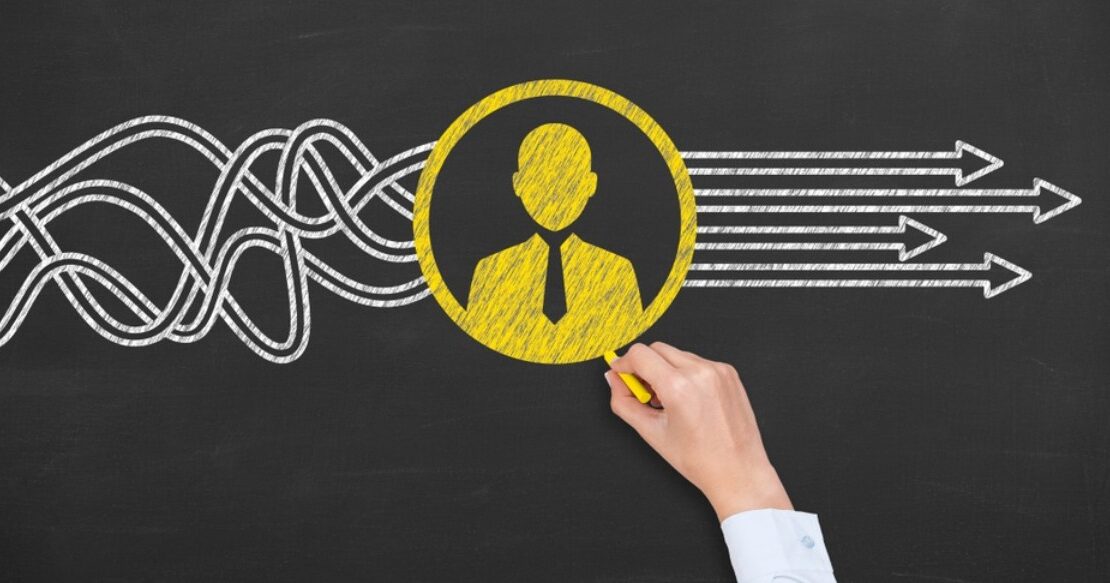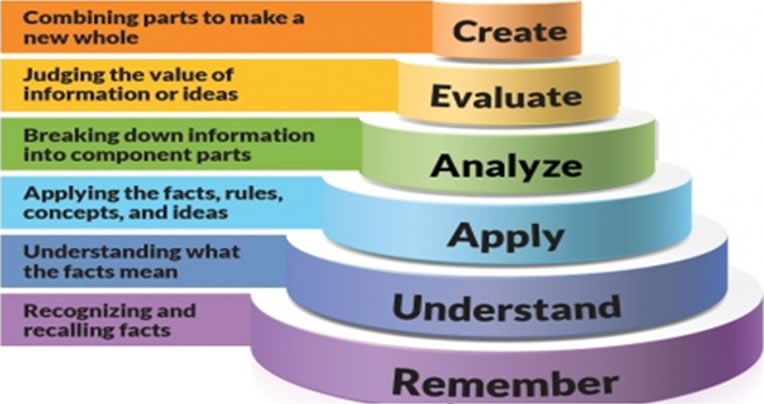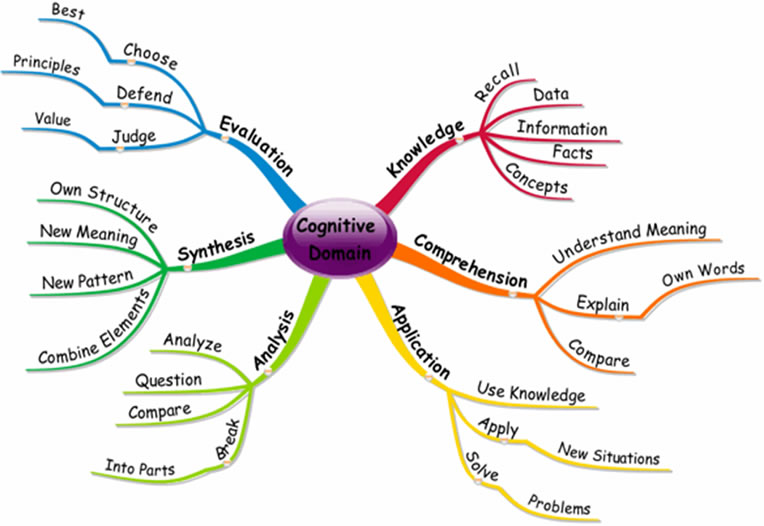The insidious sources of cognitive bummers can be broken down into 3 groups:
- Process-related. Anything that has to do with the glitches and communication issues arising from a sloppy development process, e.g. too many meetings, unfocused online messaging as opposed to face-to-face talks, not knowing who to go to and where to report to if there’s an issue that needs to be solved. These would be purely cognitive disruptions.
- Workspace-related. That’s more about the general feeling good, although in the end it boils down to cognition, as all those kinds of workspace-related stresses would end up in the brain as well. What if someone prefers to sit with the air-conditioning off and just with the flow of fresh air? Or the lights? What if someone prefers natural light to the LED lights? The most notorious workspace-related disruption wouldn’t be the lights or air, though. It’s the noise produced either by colleagues discussing a solution to a problem, or can be some of them wants to listen to music from the speakers while a few others prefer to work just quietly. Workspace-related disruptions depend on personal sensitivity. Someone can sense them very acutely, feeling that this something is really tiring their brain. Others may be unaware of the direct impact, but they are affected all the same, regardless of the awareness or unawareness. I wish everyone could have such a plate by their desk:
- Individually-Related. This is about personal time management skills and will power. Things like: if you start your day with Facebook, or browsing news, or reading some casual stuff, don’t be surprised if you’re drained by noon, when it occurs to you that you never got down to doing the things that would actually make you call your day a productive one.
Of those 3 kinds of disruptions, the first two are enrooted in the company’s culture, and need to be cured at a company level first. In fact, if a company nurtures the culture of keeping everyone’s flow and takes care of the good workspace, then it’s a lot easier for people to perform at their best on an individual level. I mean, not everyone is a personal productivity guru. Well, of course, it’s in one’s own power to stay away from all kinds of online time wasters, and do things successively, one after another, but it’s a company who can literally lend a helping hand and contribute a lot to cutting down on multi-tasking as much as possible.



